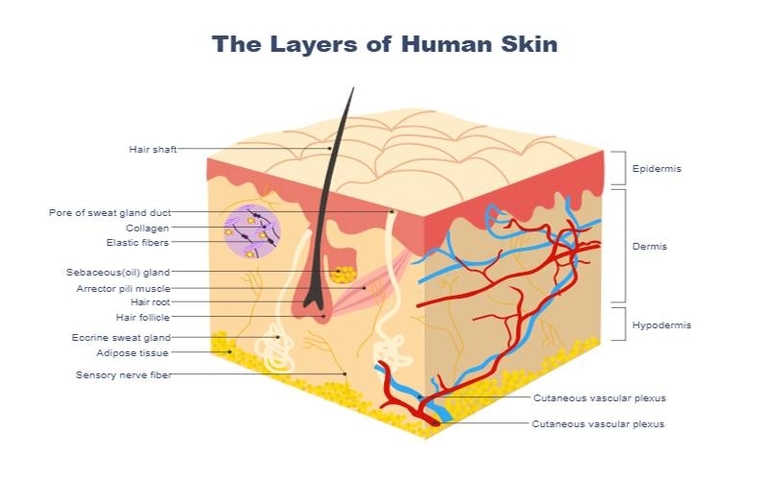The Layers of Human Skin: The human skin is composed of three primary layersepidermis, dermis, and hypodermiseach serving unique and vital functions. The outermost layer, the epidermis, provides a waterproof barrier and is responsible for our skin tone. It continuously sheds dead skin cells and regenerates itself. Beneath that lies the dermis, a thicker layer housing nerve endings, hair follicles, sweat glands, and connective tissues that give the skin its elasticity and strength. The innermost layer, the hypodermis (or subcutaneous tissue), consists mainly of fat and connective tissues that insulate the body and act as a cushion to protect internal organs. Understanding these layers helps explain how skin functions as a protective organ and how injuries or diseases impact different levels.


